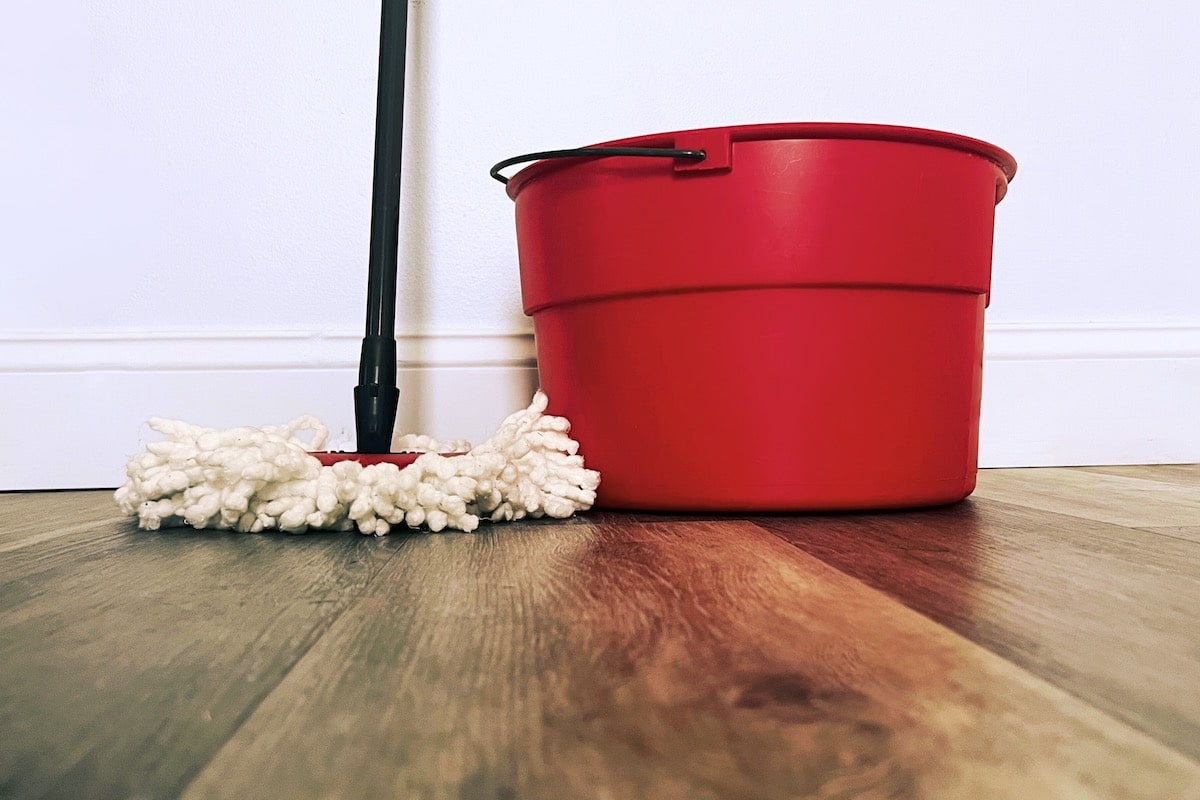

Articles
What Can I Use To Mop My Floor
Modified: January 23, 2024
Discover the best articles on what you can use to effectively mop your floor. Find expert tips, product recommendations, and DIY solutions for a sparkling clean home.
(Many of the links in this article redirect to a specific reviewed product. Your purchase of these products through affiliate links helps to generate commission for Storables.com, at no extra cost. Learn more)
Introduction
Keeping your floors clean and well-maintained is an essential part of maintaining a clean and healthy home. Regular mopping not only removes dirt and grime but also helps to keep your floors looking their best. With so many different types of floor mops available on the market, it can be overwhelming to choose the right one for your specific needs.
In this article, we will explore the different factors to consider when selecting a mop, as well as the various types of floor mops available. Whether you have hardwood, tile, laminate, or vinyl flooring, there is a mop out there that can make your mopping routine more effective and efficient.
When selecting a mop, it’s important to consider factors such as the type of flooring you have, the size of the area to be cleaned, your personal cleaning preferences, and any specific cleaning challenges you may be facing. By considering these factors, you can make an informed decision and choose a mop that will meet your needs and help you achieve sparkling clean floors.
There are several different types of mops to choose from, each with its own unique features and benefits. Traditional mops, microfiber mops, steam mops, sponge mops, and spin mops are all popular options in the market. Let’s take a closer look at each type, so you can determine which one is the most suitable for you.
Key Takeaways:
- Choose the right mop based on your flooring type, cleaning efficiency, and maintenance needs. Traditional, microfiber, steam, sponge, and spin mops offer unique benefits to suit your specific cleaning preferences.
- Consider factors such as cleaning power, maneuverability, and durability when selecting a mop. Whether you prefer gentle cleaning, eco-friendly options, or hassle-free wringing, there’s a mop type to meet your specific needs.
Read more: What Can I Use To Mop Floors
Factors to Consider
Before diving into the various types of mops available, it’s important to consider a few factors that can help guide your decision-making process. These factors will help you narrow down your options and select a mop that fits your specific needs.
1. Flooring Type: The type of flooring you have plays a significant role in choosing the right mop. Different flooring materials require different cleaning methods to prevent damage. Hardwood floors, for example, should be cleaned with a mop that is gentle and non-abrasive. Tile floors, on the other hand, may benefit from a more heavy-duty mop that can effectively remove grime from the grout lines.
2. Cleaning Efficiency: Consider how efficient each mop is at removing dirt and grime. Some mops are designed to trap and lock in dirt, while others may require multiple passes to achieve the desired level of cleanliness. Look for mops that offer high absorbency and effective dirt removal to save time and effort during your cleaning routine.
3. Size of the Area: The size of the area you need to mop is another important factor to keep in mind. If you have a large open space, such as a living room or kitchen, you may want to consider a mop with a wider cleaning head or a mop with a long handle to reach those hard-to-access areas. For smaller spaces, a compact, lightweight mop may be more practical.
4. Ergonomics: Mopping can be a physically demanding task, so it’s important to choose a mop that is comfortable to handle. Look for mops with ergonomic handles and adjustable features that can help reduce strain on your back and joints. Additionally, consider the weight of the mop, especially if you have multiple levels in your home.
5. Maintenance and Storage: Consider how easy it is to clean and maintain the mop itself. Some mops come with removable and machine-washable mop heads, which can be a convenient option for quick and easy cleaning. Additionally, think about the storage space you have available for the mop. Mops that have a compact design or come with a storage solution, such as a wall-mounted holder, can help save space.
By considering these factors, you can narrow down your choices and find a mop that is most suitable for your specific cleaning needs. Now, let’s explore the different types of floor mops available in the market.
Different Types of Floor Mops
When it comes to floor mops, there are several different types to choose from, each with its own unique features and advantages. Understanding the different types can help you make an informed decision and select the mop that is best suited for your specific needs. Let’s explore the various options:
- Traditional Mops: Traditional mops, also known as string mops, consist of a mop head with string-like strands made of cotton or synthetic materials. These mops are versatile and can be used on a variety of floor surfaces. They are typically one of the most affordable options available but may require more effort and time to wring out excess water.
- Microfiber Mops: Microfiber mops are designed to attract and trap dirt and debris effectively. The microfiber material is highly absorbent, making it ideal for cleaning all types of floors. These mops are easy to maneuver and glide smoothly across the floor. They are also machine washable, making them a durable and sustainable choice.
- Steam Mops: Steam mops use the power of steam to effectively clean and sanitize floors. They have a built-in water tank and heating element that converts the water into steam. The hot steam helps to loosen dirt and kill bacteria and germs on contact. Steam mops are great for eliminating stubborn stains and are suitable for use on sealed hard floors.
- Sponge Mops: Sponge mops feature a sponge-like head that absorbs and retains water and cleaning solution. These mops are excellent for cleaning spills and are gentle on delicate flooring surfaces. However, they may not be as effective at removing heavy dirt and grime.
- Spin Mops: Spin mops are equipped with a spinning mechanism that helps to wring out excess water from the mop head. These mops often come with a bucket that has a spinning basket to facilitate easy wringing. Spin mops are efficient and convenient, as they require minimal effort to wring out the mop head.
Each type of mop has its own advantages and considerations. Consider factors such as the type of flooring you have, the level of cleaning efficiency you desire, and your personal preferences when choosing the right mop for your home. Now, let’s take a closer look at each type to help you make an informed decision.
Traditional Mop Options
Traditional mops, also known as string mops, have been a staple in the cleaning industry for a long time. These mops consist of a mop head with string-like strands made of cotton or synthetic materials. They are versatile and can be used on a variety of floor surfaces. Let’s explore some of the different traditional mop options available:
- Cotton String Mops: Cotton string mops are one of the most common types of traditional mops. They are highly absorbent, making them ideal for cleaning up spills and messes. The cotton strands can effectively trap and hold onto dirt and debris. However, be aware that they can be prone to mildew and may require frequent washing.
- Synthetic String Mops: Synthetic string mops are made from materials such as polyester or nylon. These mops are durable and long-lasting, and they dry faster than cotton string mops. They are less likely to harbor bacteria and odor, making them a hygienic choice. Synthetic string mops are also more resistant to chemicals and can withstand regular exposure to cleaning solutions.
- Looped-End Mops: Looped-end mops are a variation of traditional mops that have loops at the end of the strands. The loops prevent fraying and tangling, ensuring longevity and preventing lint and debris from clinging to the mop head. These mops are known for their excellent cleaning performance and durability.
When using a traditional mop, it’s important to remember to wring out excess water properly to avoid leaving excess moisture on the floor. This can help prevent damage to certain types of flooring, such as hardwood. If you prefer the traditional mop method but find wringing out the mop head challenging, you can consider using a mop bucket with a wringer mechanism. This can make the process easier and less strenuous.
Traditional mops are a cost-effective option and can be found in most cleaning supply stores. They are suitable for a wide range of floor types, but it’s essential to choose the right mop head material and follow proper maintenance practices to ensure optimal cleaning performance. Overall, traditional mops offer a simple and effective solution for keeping your floors clean and tidy.
Microfiber Mop OptionsMicrofiber mops have gained popularity in recent years due to their exceptional cleaning performance and ability to trap and hold onto dirt, dust, and allergens. These mops are made from synthetic fibers that are finer than human hair, allowing them to easily pick up and lock in particles. Let’s explore some of the different microfiber mop options available:
- Flat Mops: Flat microfiber mops are one of the most common types available. They consist of a rectangular mop head that is attached to a handle or a mop base. The mop head is made of microfiber material and can be either reusable or disposable. Flat microfiber mops are lightweight and easy to maneuver, making them ideal for large areas.
- Spray Mops: Spray mops are a convenient option for quick and easy cleaning. These mops have a built-in spray bottle or reservoir that allows you to spray a cleaning solution directly onto the floor as you mop. The microfiber mop head then effectively removes dirt and grime. Spray mops are a time-saving option as they eliminate the need for a separate mop bucket and wringing out excess water.
- Steam Mops: While steam mops were discussed as a separate type earlier, it’s important to note that many steam mops also utilize microfiber mop pads. These pads can be easily attached to the steam mop and provide the added benefit of microfiber’s dirt-trapping capabilities along with the power of steam to sanitize floors.
Microfiber mops offer several advantages over traditional mops. The microfiber material is highly absorbent, allowing for effective and efficient cleaning. The fibers also have a static charge that attracts and holds onto dust and particles, reducing the need for harsh chemicals during cleaning. Microfiber mop heads can be easily removed and machine washed, making them a more eco-friendly and cost-effective option compared to disposable mop pads.
When using a microfiber mop, it’s important to avoid using fabric softeners or bleach when washing the mop heads, as these can reduce the effectiveness of the microfiber material. Additionally, always follow the manufacturer’s instructions for proper care and maintenance.
Microfiber mops are widely available in stores and online, and they are suitable for a variety of floor surfaces, including hardwood, tile, laminate, and vinyl. Their superior cleaning performance and durability make them a popular choice for homeowners looking for an efficient and effective mopping solution.
You can use a mixture of warm water and a mild floor cleaner to mop your floor. Make sure to wring out the mop well to avoid leaving excess water on the floor.Read more: What Floors Can You Use A Steam Mop On
Steam Mop Options
Steam mops have revolutionized the way we clean our floors by harnessing the power of steam to remove dirt, grime, and bacteria without the need for harsh chemicals. Steam mops are a popular choice among homeowners who value both cleanliness and sustainability. Let’s explore some of the different steam mop options available:
- Handheld Steam Mops: Handheld steam mops are compact and lightweight, making them easy to maneuver and ideal for smaller cleaning tasks. They typically come with various attachments to tackle different surfaces and areas, such as countertops, upholstery, and windows.
- Upright Steam Mops: Upright steam mops resemble traditional mops in their design and are designed for larger cleaning areas. These mops have a handle and a large mop head that releases steam through the mop pad. Upright steam mops often come with adjustable steam settings and swivel heads for easy maneuverability.
- Steam Mop and Vacuum Combos: Some steam mops also feature a built-in vacuum function, allowing you to simultaneously vacuum and steam clean your floors. These 2-in-1 devices are an efficient and time-saving option, eliminating the need for separate vacuuming and mopping.
Steam mops work by heating water in a built-in reservoir, producing steam that is released onto the floor through a mop pad or nozzle. The hot steam helps to loosen dirt and grime, while the mop pad or brush agitates and collects the debris. The steam also kills bacteria and germs, providing a hygienic cleaning solution.
When using a steam mop, it’s important to follow the manufacturer’s instructions and precautions. Avoid using steam mops on unsealed floors, as excessive moisture can cause damage. It’s also advisable to vacuum or sweep the floor before using a steam mop to remove loose dirt and debris.
Steam mops are an eco-friendly option as they reduce the need for chemical cleaners, making them safe for use around children and pets. However, it’s important to note that steam mops are not suitable for all types of flooring. Check the manufacturer’s guidelines to ensure compatibility with your specific flooring material.
When choosing a steam mop, consider factors such as the cleaning power, steam settings, heat-up time, and the availability of additional attachments or accessories. With the right steam mop, you can enjoy a deep-cleaning and sanitizing experience that leaves your floors sparkling clean.
Sponge Mop Options
Sponge mops are known for their versatility and gentle cleaning action, making them a popular choice for a variety of flooring surfaces. These mops feature a sponge-like head that is designed to absorb and retain water and cleaning solution. Let’s explore some of the different sponge mop options available:
- Traditional Sponge Mops: Traditional sponge mops typically consist of a sponge head attached to a long handle. The sponge head is made of a highly absorbent material, such as cellulose or synthetic foam. These mops are effective at cleaning up spills and messes, and their gentle nature makes them suitable for delicate flooring surfaces. They are also often more affordable compared to other mop types.
- Sponge Mops with Wringer: Some sponge mops come with a wringer mechanism that allows you to easily remove excess water and cleaning solution from the sponge head. The wringer can be in the form of a lever or a twist mechanism. This feature can help prevent over-soaking the sponge, reducing the risk of leaving excess moisture on the floor.
- Squeeze Sponge Mops: Squeeze sponge mops have a unique design that allows you to manually squeeze out excess water from the sponge head. This design offers more control over the moisture level, allowing you to customize the dampness of the mop head for different floor surfaces.
Sponge mops are ideal for smooth and even floor surfaces, such as vinyl, tile, or linoleum. They are useful for routine maintenance cleaning and can easily reach into corners and tight spaces. However, sponge mops may not be as effective in deeply cleaning grout lines or removing stubborn stains, as their sponge heads are not as abrasive as other mop types.
When using a sponge mop, it’s important to regularly clean and replace the sponge head to prevent the buildup of bacteria and odors. Rinse the sponge thoroughly after each use and allow it to air dry. If the sponge becomes too worn or damaged, it’s time to replace it with a new one.
It’s worth noting that sponge mops are not suitable for all floor types. Avoid using them on hardwood floors, as excessive moisture can damage the wood. Always check the manufacturer’s guidelines and the compatibility of the mop with your specific flooring material.
When selecting a sponge mop, consider factors such as the size and shape of the sponge head, the handle length and material, and whether a wringer or squeeze feature is important to you. Choosing the right sponge mop can make your cleaning routine more efficient and leave your floors clean and fresh.
Spin Mop Options
Spin mops have gained popularity in recent years for their efficient cleaning and convenient wringing mechanism. These mops feature a spinning basket or mechanism that allows you to easily wring out excess water from the mop head. Let’s explore some of the different spin mop options available:
- Bucket with Built-in Spinner: Many spin mops come with a bucket that has a built-in spinner mechanism. After wetting the mop head and cleaning the floor, you can place the mop head into the spinner and activate the spinner to remove excess water. The spinner rotates rapidly, wringing out the mop head and leaving it just damp enough for effective cleaning.
- Foot Pedal Operated Spin Mops: Some spin mops have a foot pedal that controls the spinner mechanism. With a simple press of the foot pedal, the mop head spins rapidly, allowing you to control the amount of water wrung out. This hands-free operation makes spin mops with foot pedals a popular choice for those who prefer a more effortless mopping experience.
- Rotating Spin Mops: Rotating spin mops feature a rotating mechanism on the mop head itself. Instead of using a separate bucket spinner, you can manually rotate the mop head to wring out excess water. This design eliminates the need for a separate spinner mechanism and offers more control over the wringing process.
Spin mops offer several advantages over traditional mops. The spinning action allows for easy and efficient wringing, ensuring that the mop head is properly dampened without leaving excessive moisture on the floor. This feature makes spin mops suitable for a wide range of floor surfaces, including hardwood, tile, laminate, and vinyl.
In addition to the convenient wringing mechanism, spin mops often come with reusable and machine-washable mop heads. These mop heads are typically made of microfiber material, which offers excellent absorbency and dirt-trapping capabilities. The microfiber mop heads can be easily detached and cleaned, making spin mops a more sustainable and cost-effective option compared to disposable mop heads.
When using a spin mop, it’s important to remember to replace or clean the mop head regularly to maintain its cleaning effectiveness. Proper care and maintenance, including timely washing and drying of the mop head, can prolong its lifespan and prevent the growth of bacteria and odors.
When selecting a spin mop, consider factors such as the design and durability of the bucket and spinner mechanism, the quality of the mop head material, and the overall ease of use. With the right spin mop, you can enjoy a more efficient mopping experience and achieve clean and gleaming floors with ease.
Conclusion
Choosing the right mop for your floors is essential for achieving effective and efficient cleaning results. With the wide variety of options available, it’s important to consider factors such as your flooring type, cleaning efficiency, size of the area, ergonomics, and maintenance requirements. By taking these factors into account, you can find a mop that fits your specific cleaning needs and preferences.
Traditional mops offer a cost-effective solution and are suitable for a variety of floor surfaces. They can be found in options such as cotton string mops, synthetic string mops, and looped-end mops. Microfiber mops, on the other hand, provide superior cleaning performance and are highly absorbent. They come in various forms such as flat mops, spray mops, and steam mops, making them a versatile and eco-friendly choice.
For those who prefer a gentle cleaning approach, sponge mops are an excellent option. They are ideal for delicate flooring surfaces and offer ease of use and convenience. Spin mops, with their efficient wringing mechanism, provide a hassle-free mopping experience and are suitable for a wide range of floor types.
When selecting a mop, consider factors such as cleaning effectiveness, ease of maneuverability, durability, and the availability of additional features like adjustable handles or disposable mop heads. Proper care, maintenance, and regular replacement of mop heads are important for maintaining optimal cleaning performance.
Ultimately, the right mop for you will depend on your specific cleaning needs, preferences, and the type of flooring surfaces you have at home. Regardless of the mop type you choose, regular mopping will help keep your floors clean, fresh, and free of dirt and allergens.
With the information provided in this article, you are now equipped to make an informed decision and select the mop that best suits your needs. Happy mopping!
Frequently Asked Questions about What Can I Use To Mop My Floor
Was this page helpful?
At Storables.com, we guarantee accurate and reliable information. Our content, validated by Expert Board Contributors, is crafted following stringent Editorial Policies. We're committed to providing you with well-researched, expert-backed insights for all your informational needs.
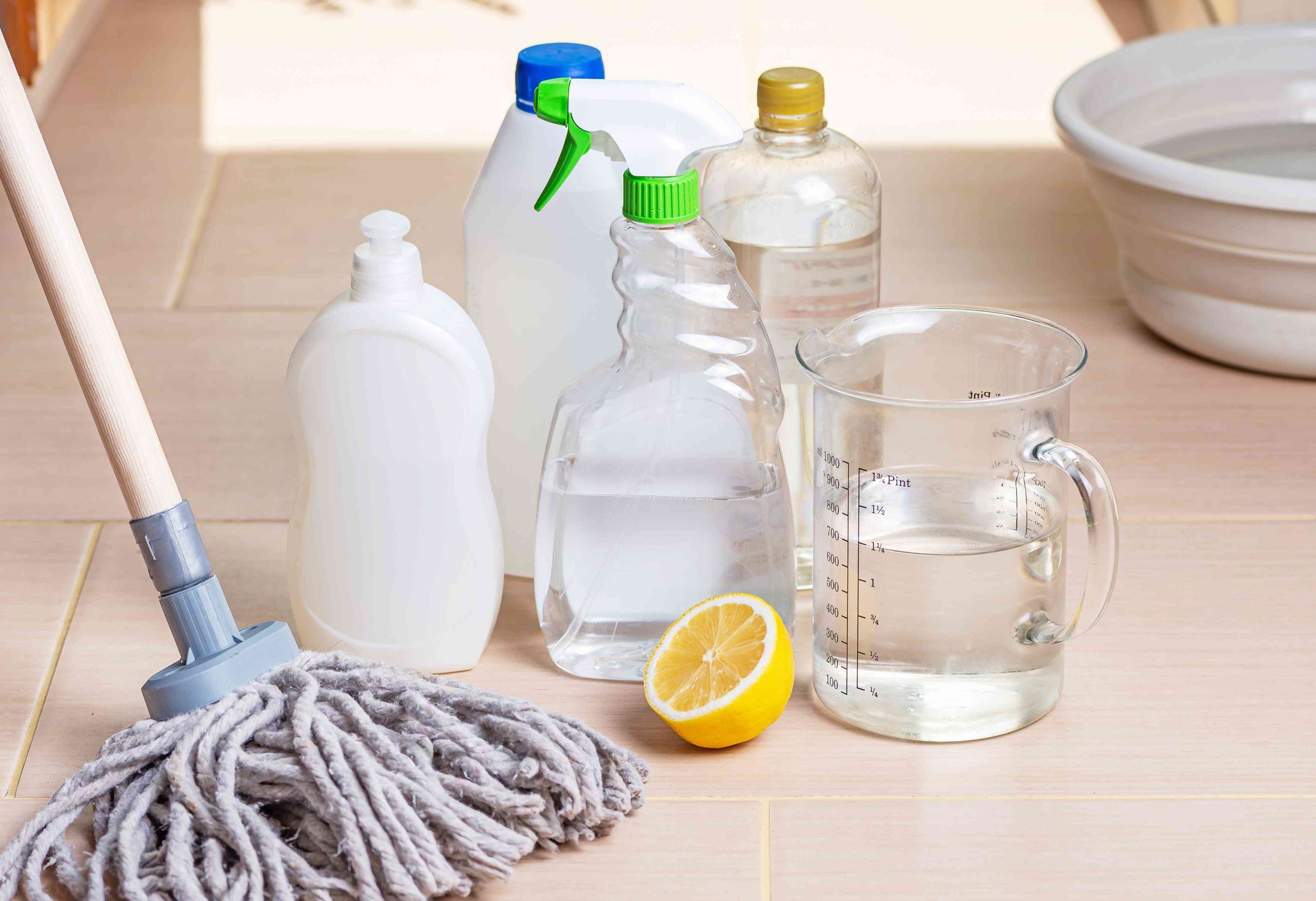
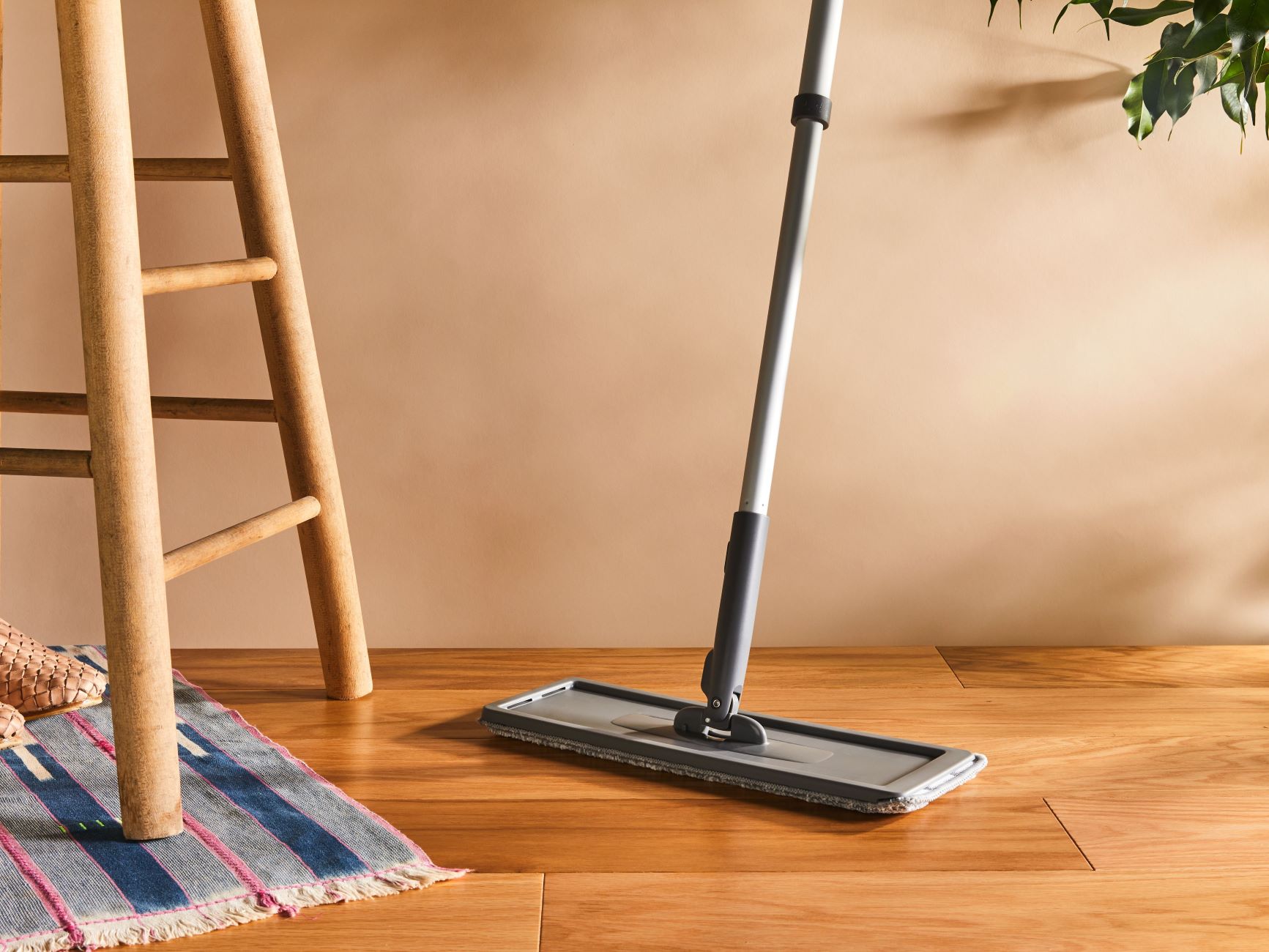
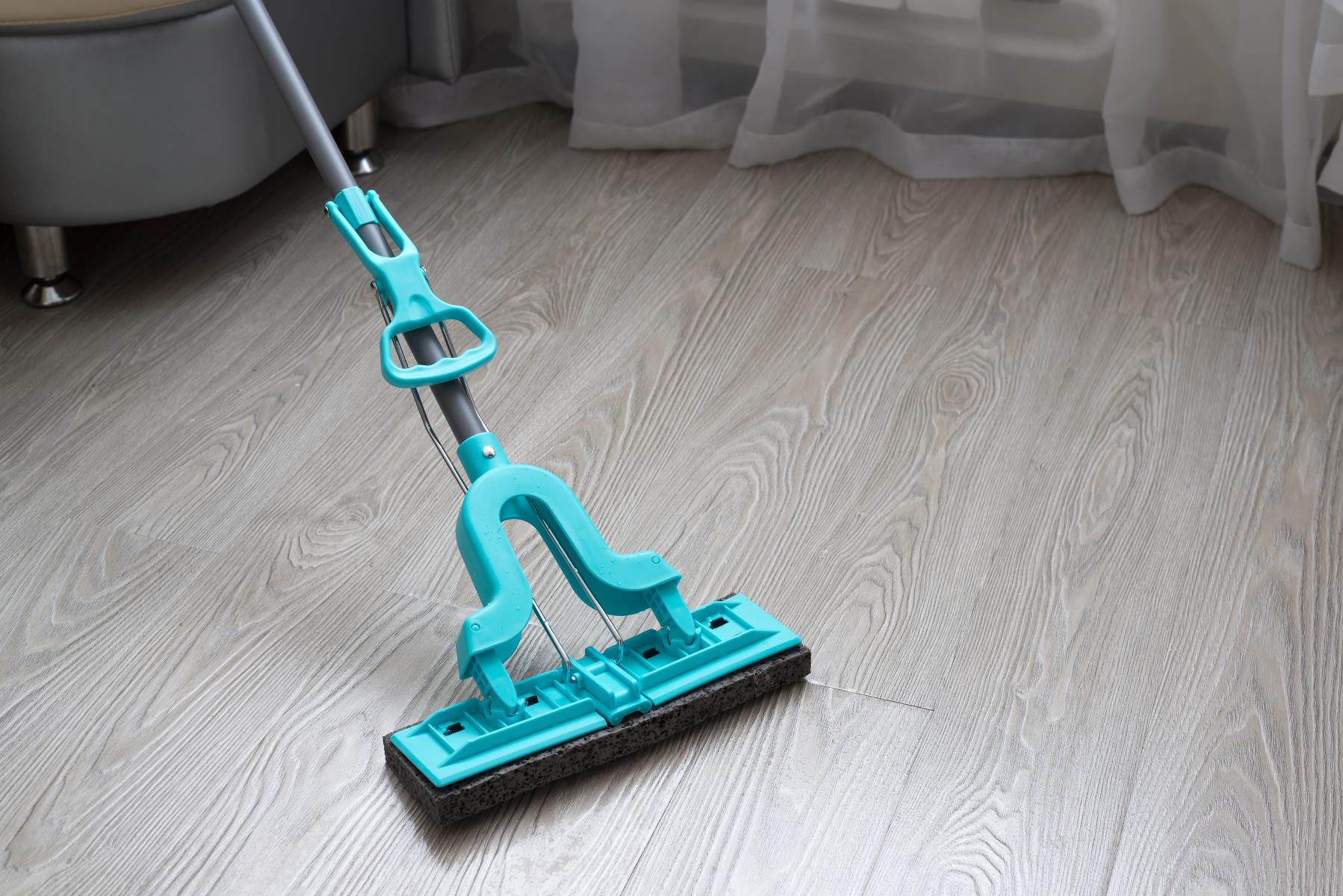
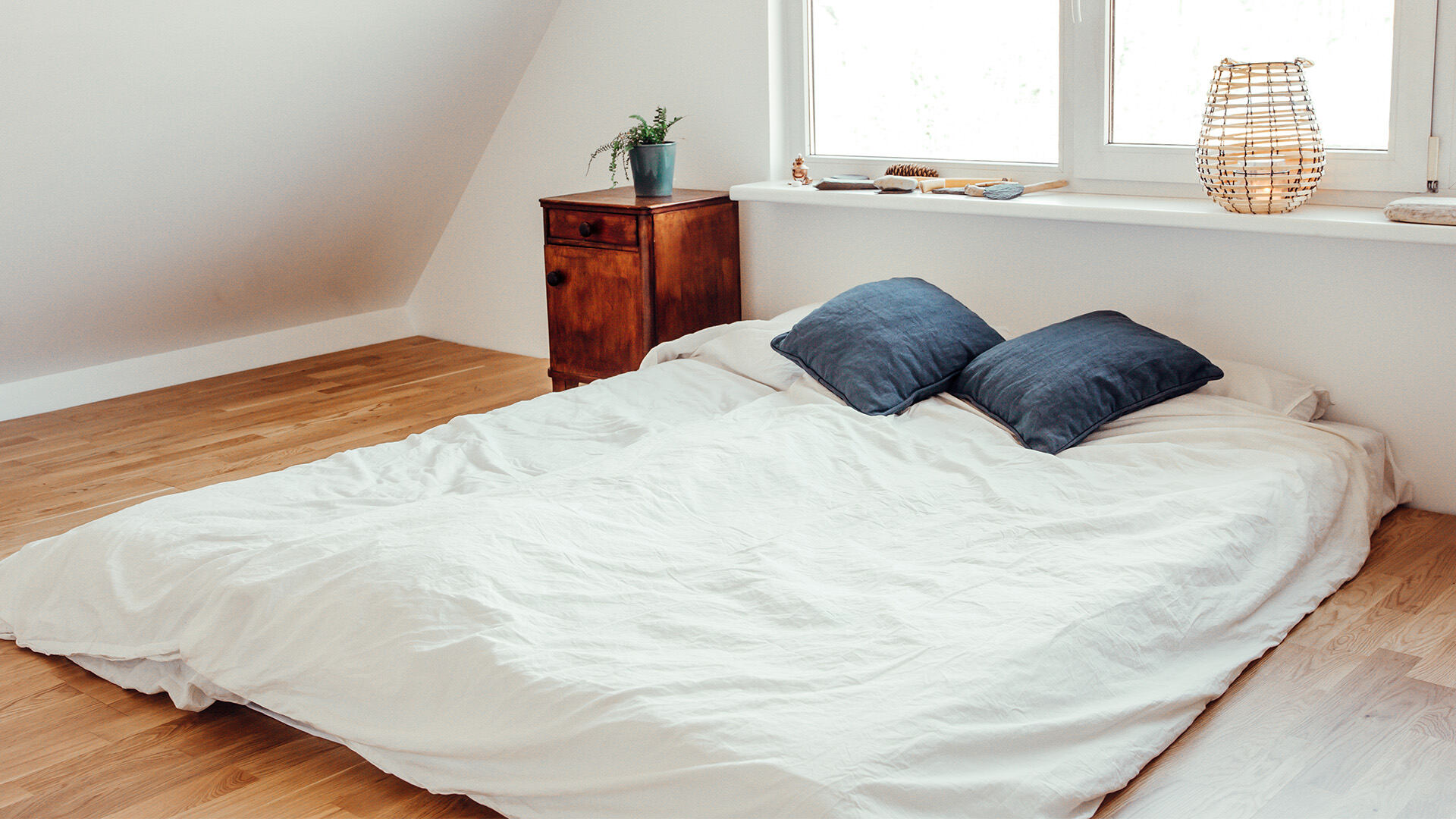
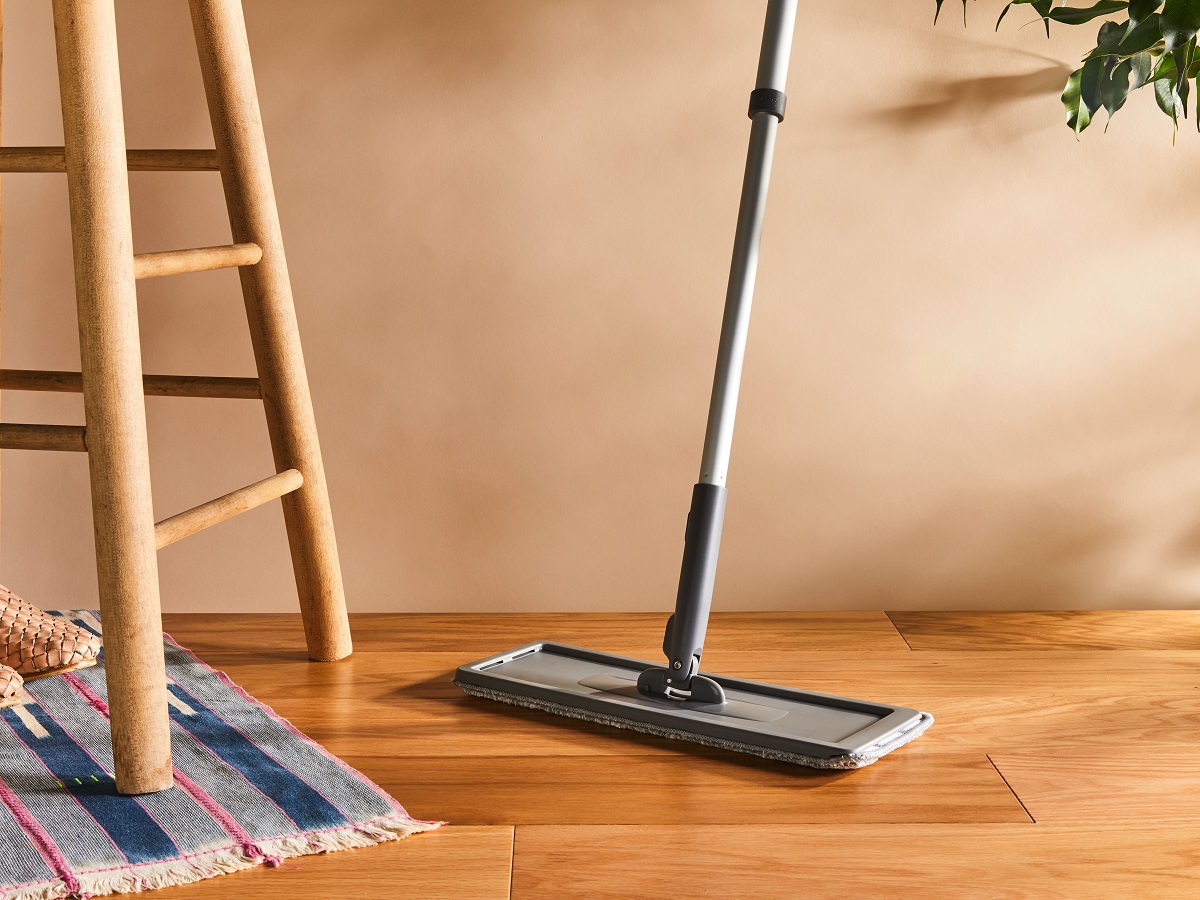
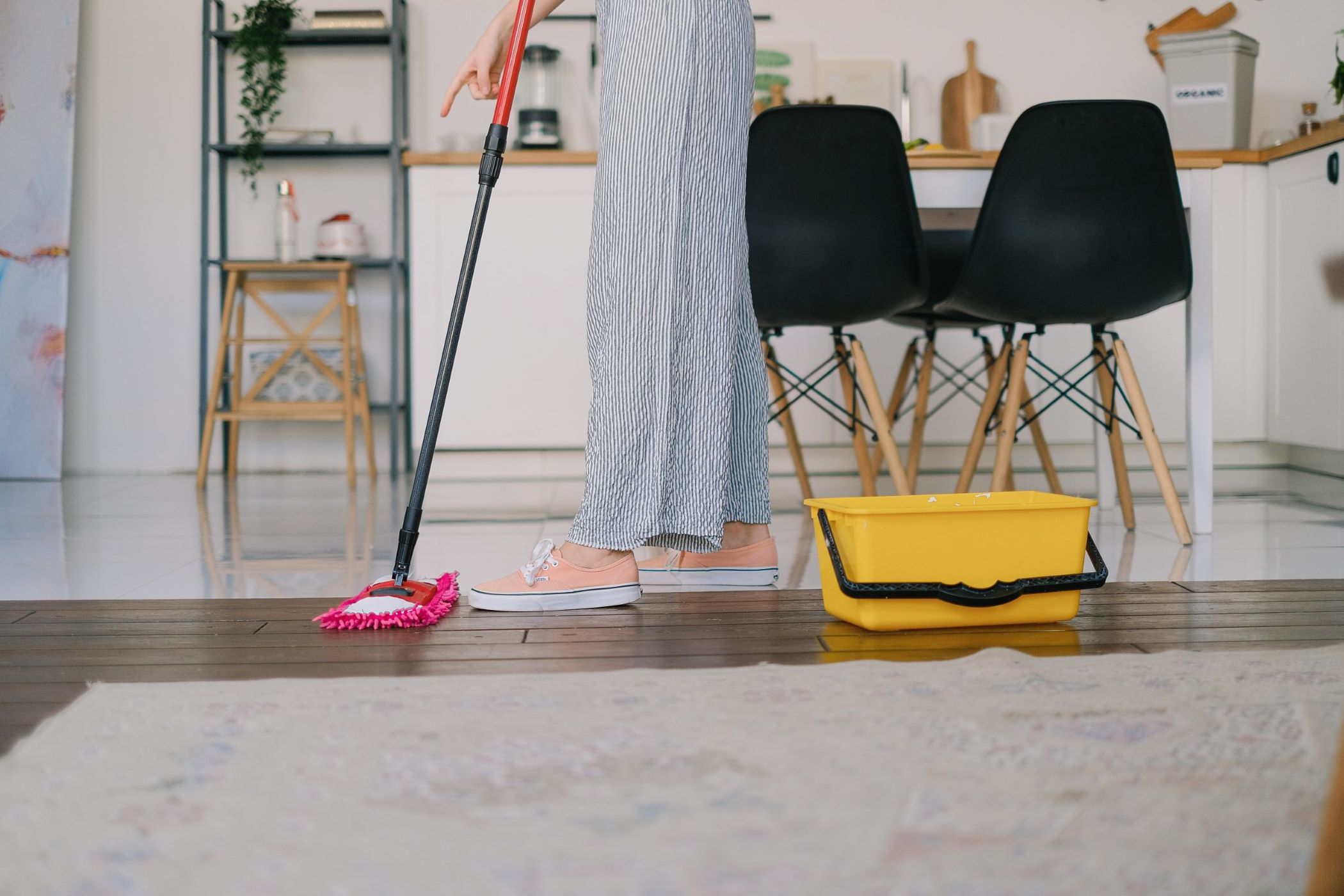
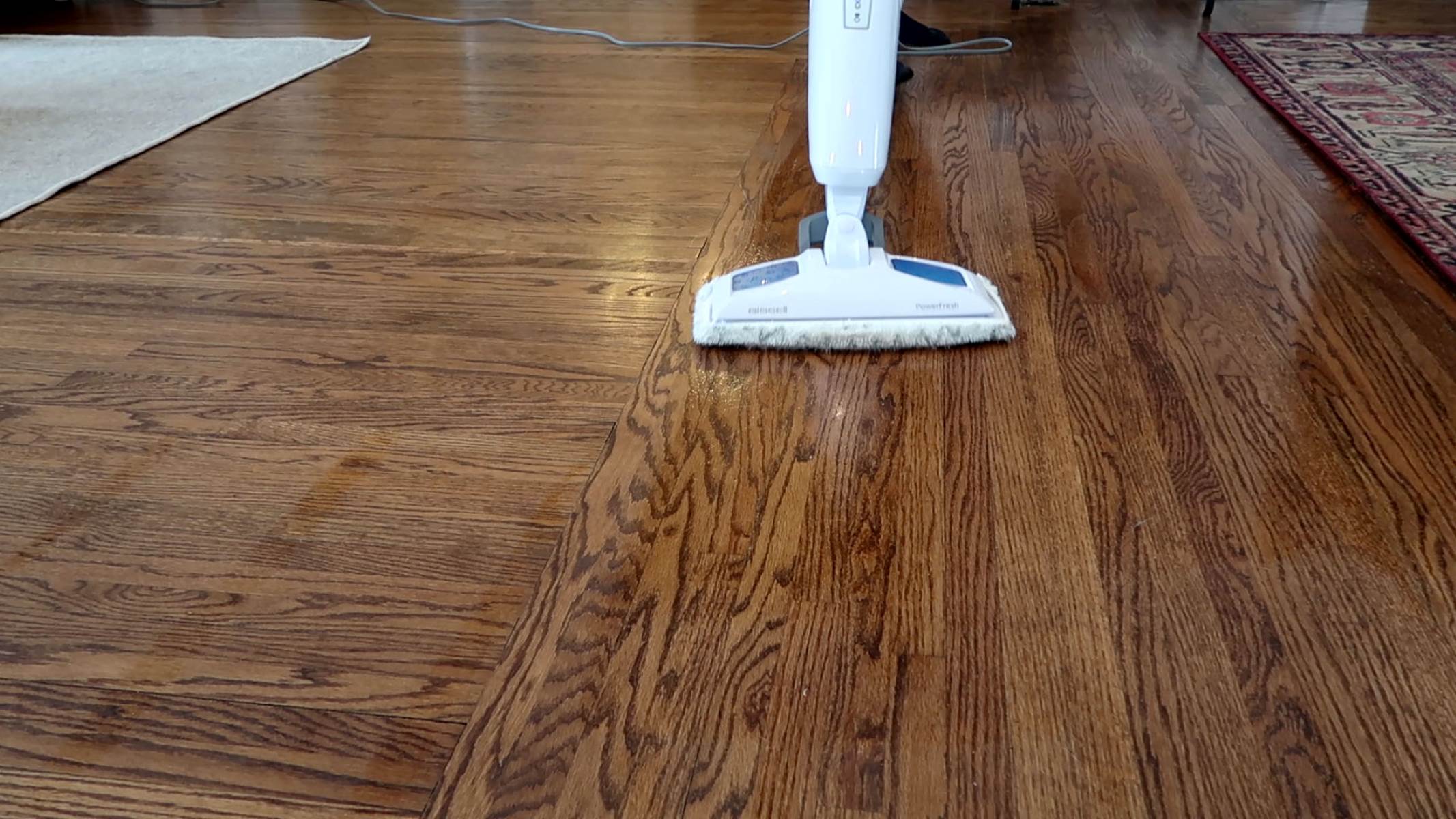
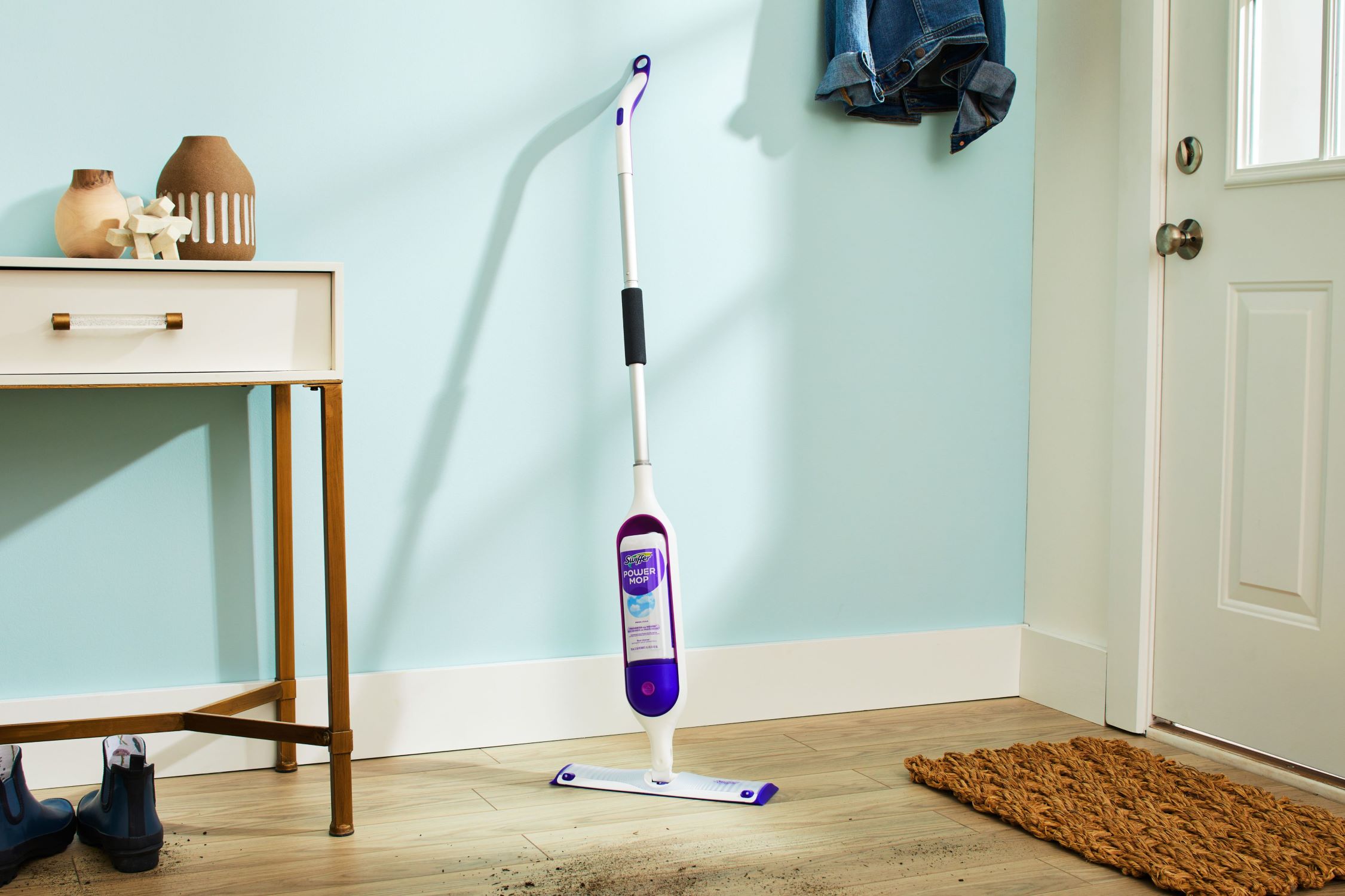
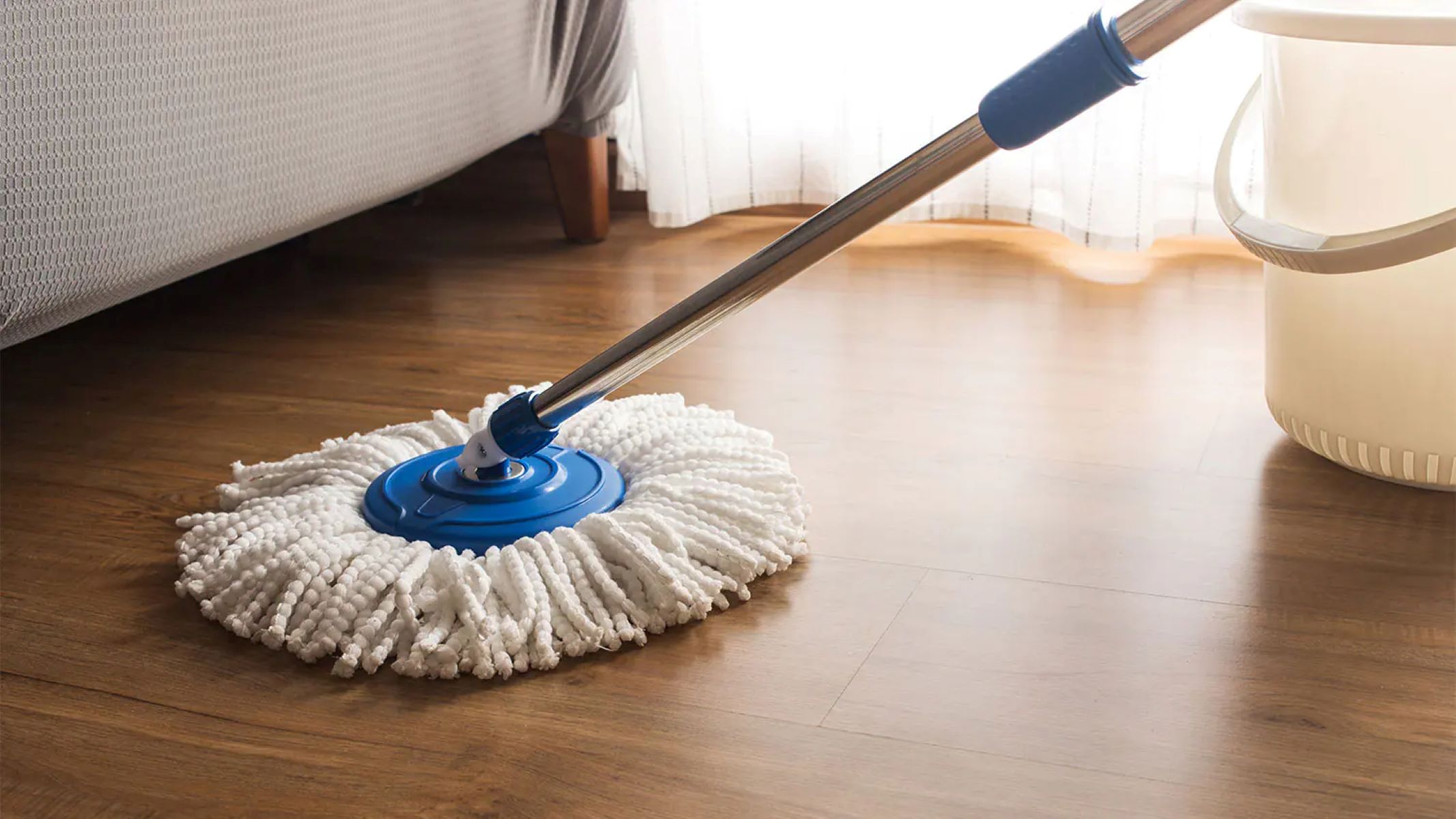
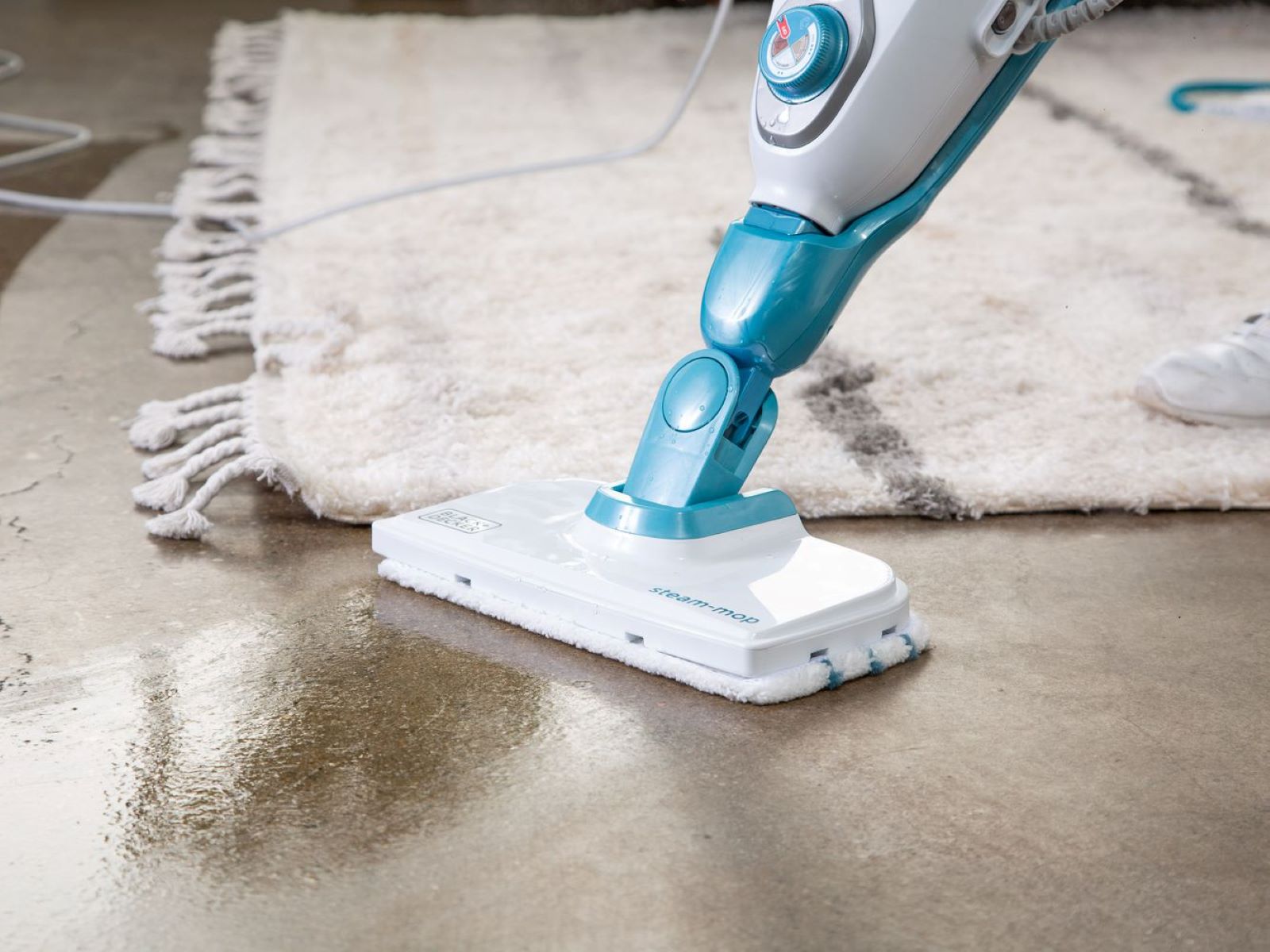
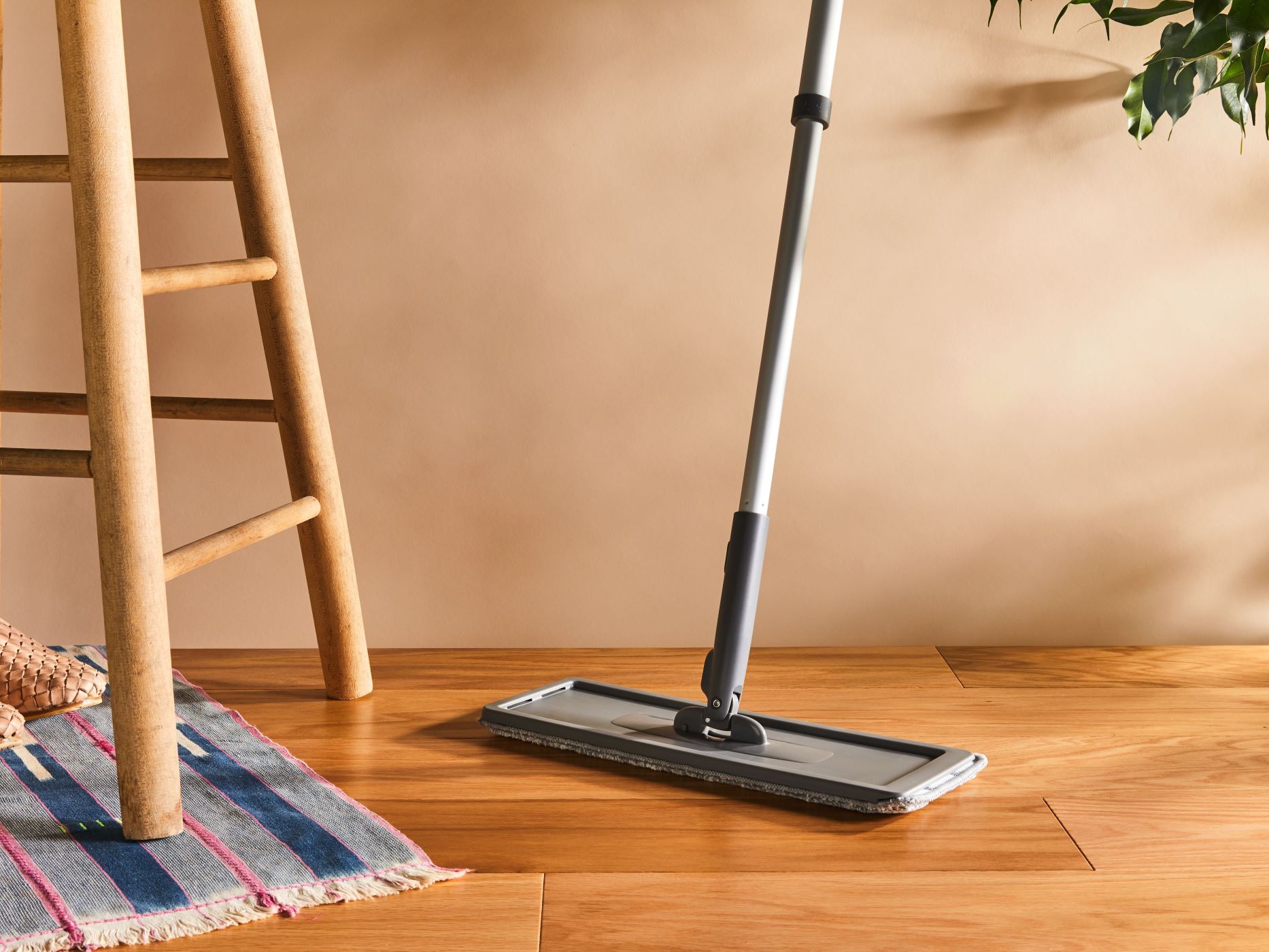
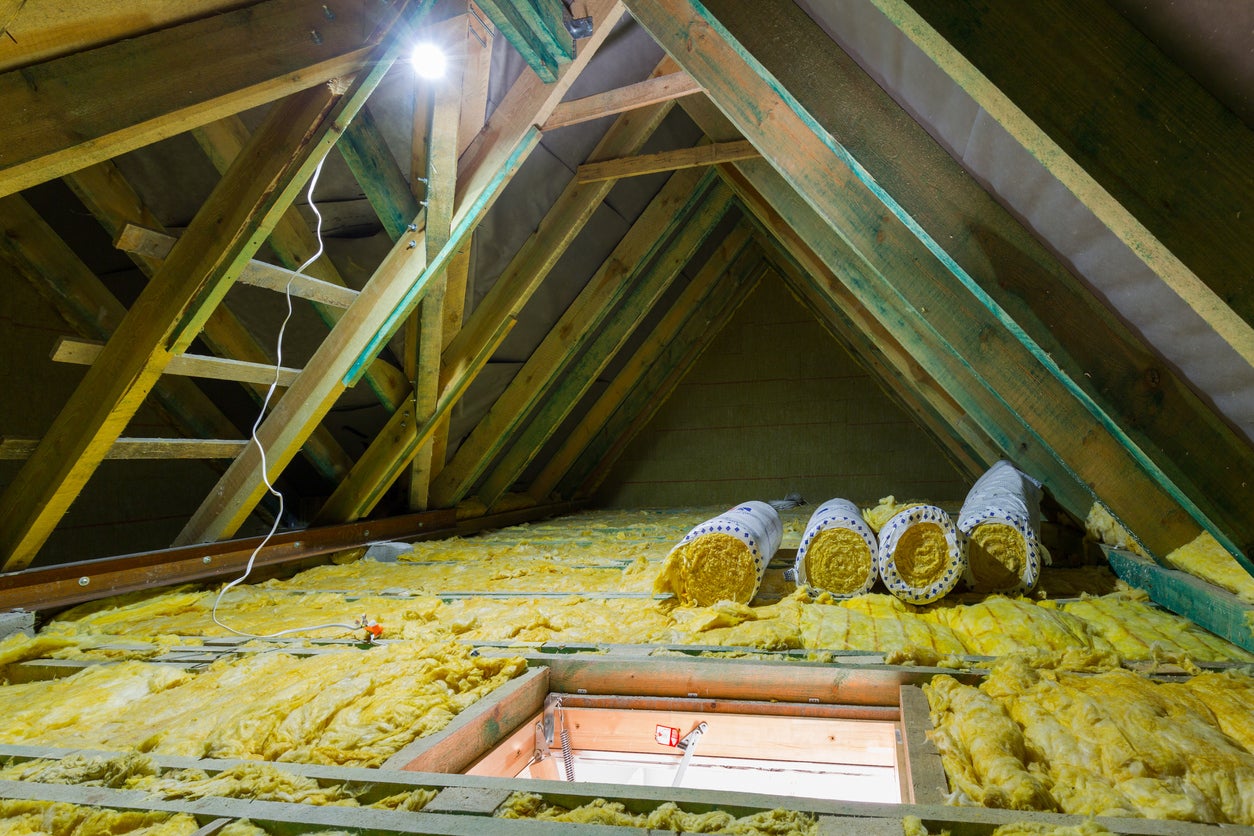
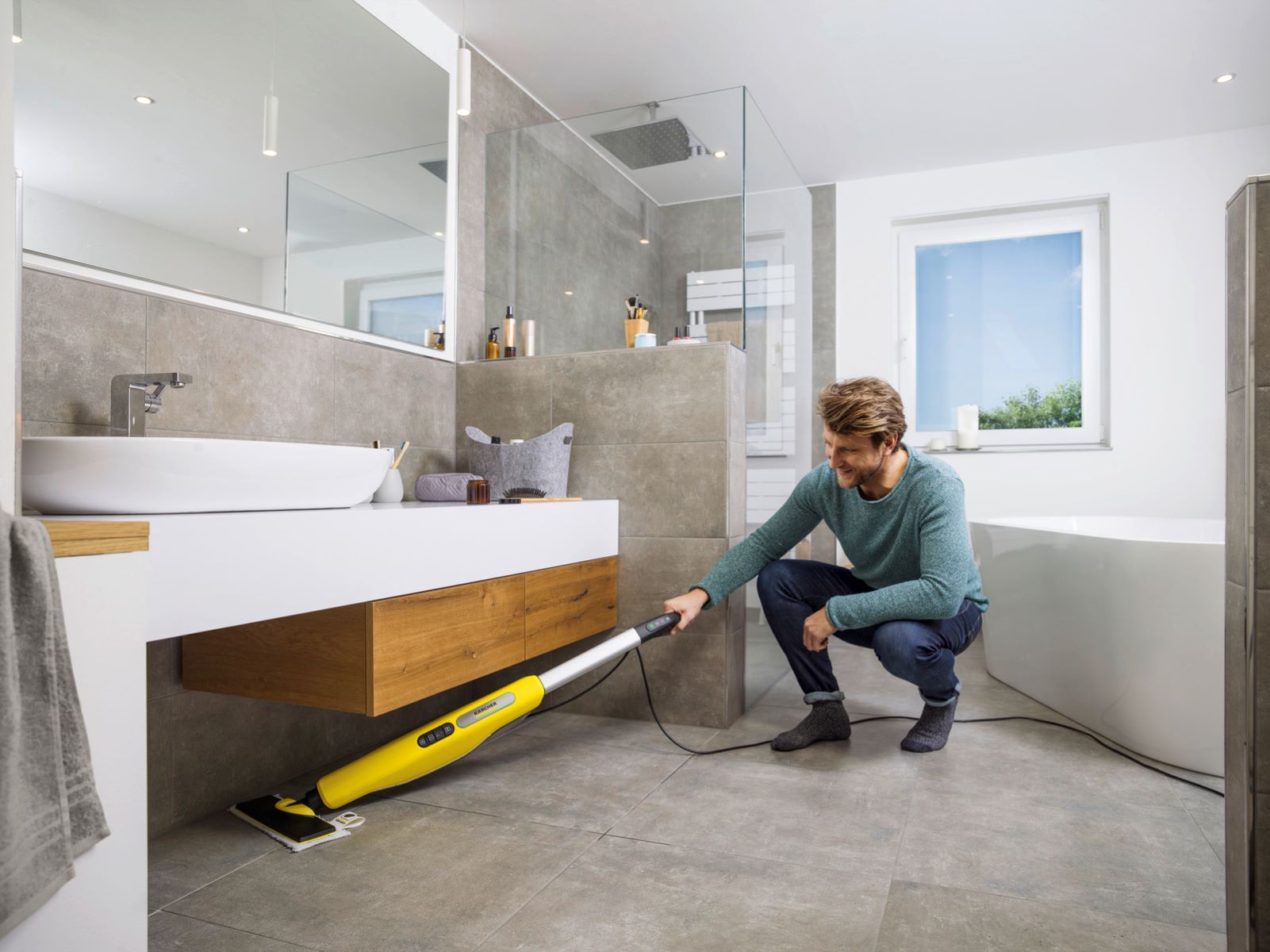
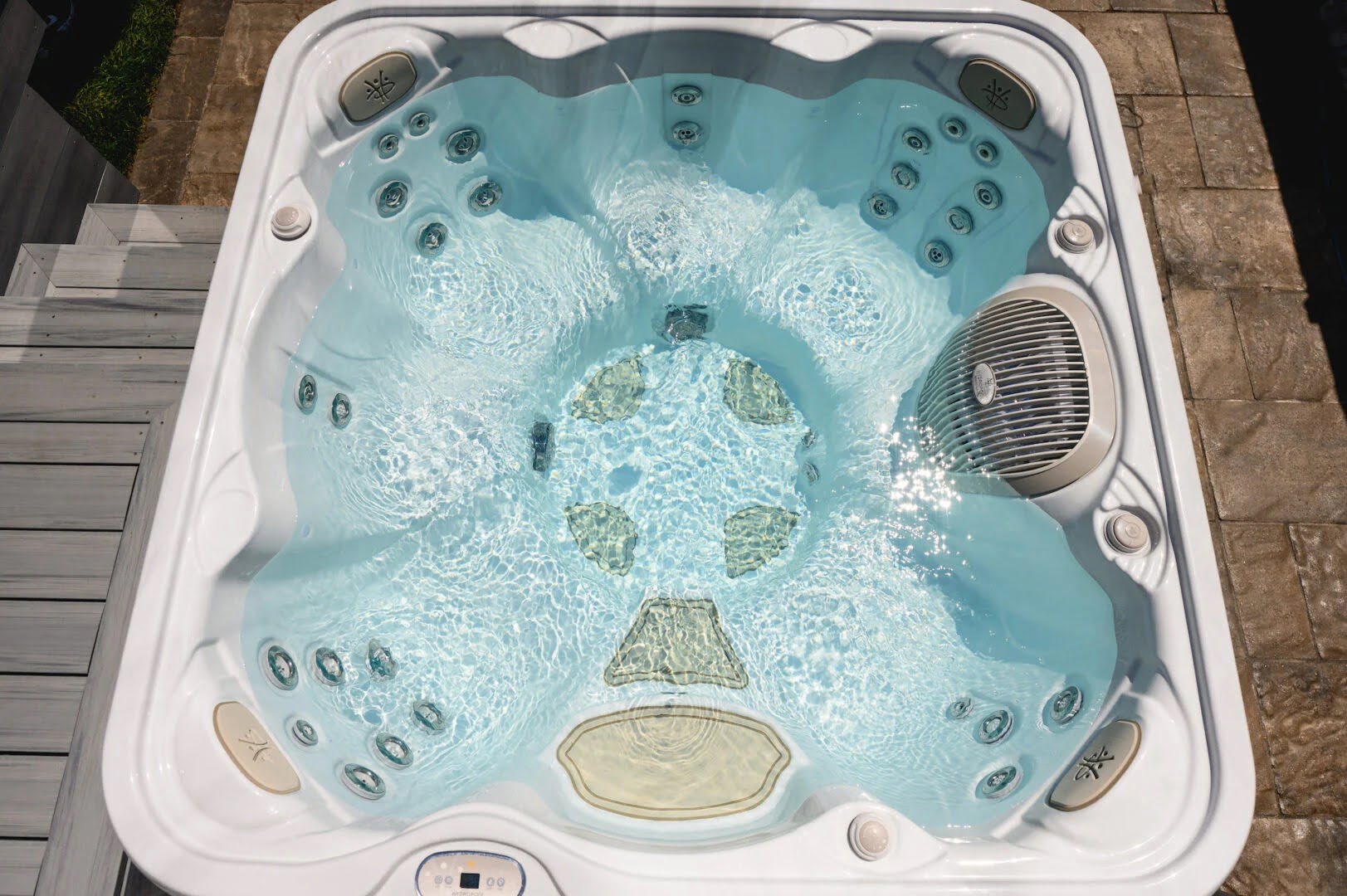

0 thoughts on “What Can I Use To Mop My Floor”